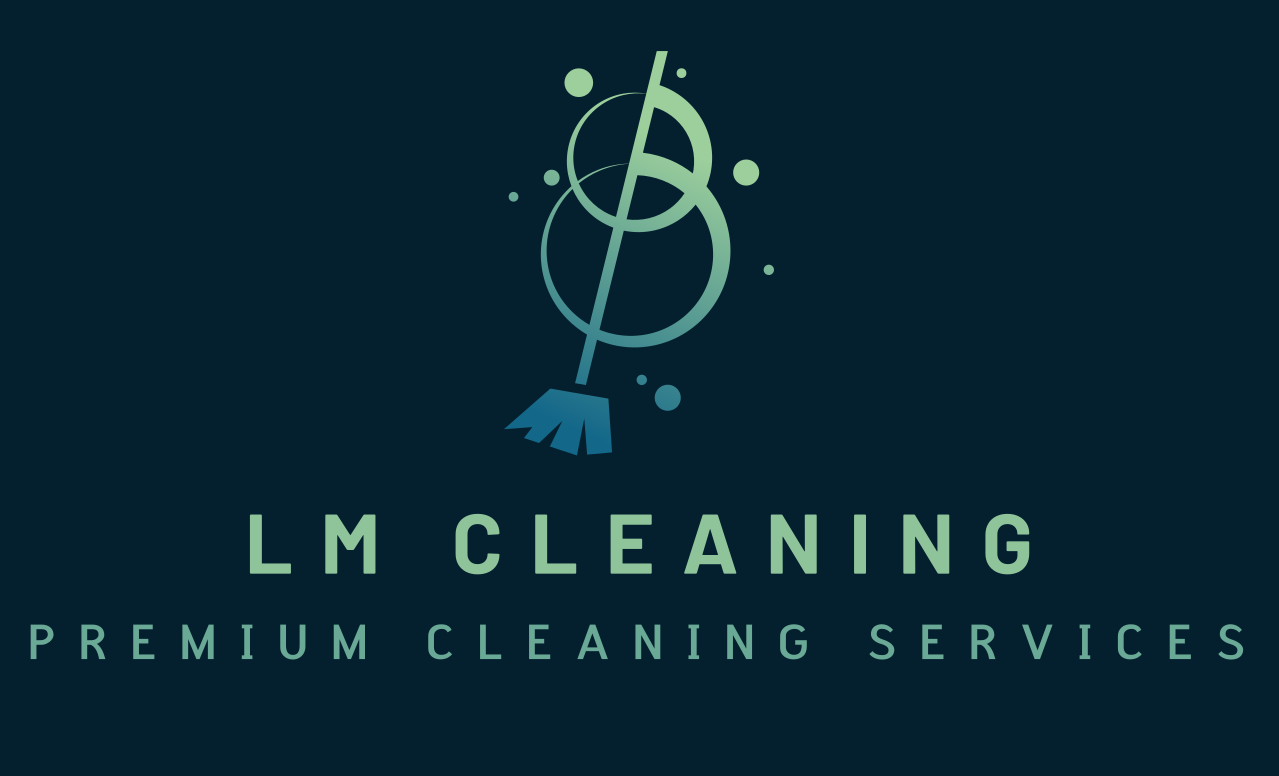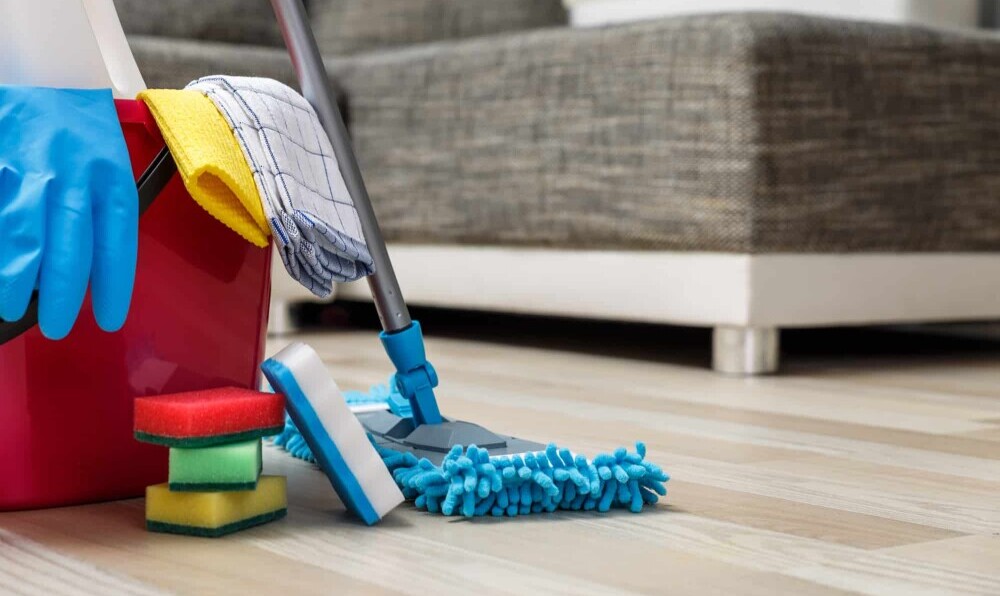Understanding why mould seems to love bathrooms is half the battle. Mould thrives in damp, humid environments. And guess what? Bathrooms are basically mould magnets because of all the moisture from showers, baths, and even sinks.
The science behind mould growth is pretty straightforward. Mould needs moisture, warmth, and a food source to grow. Bathrooms often provide all three. Leaky pipes, poor ventilation, and even something as simple as leaving wet towels around can create a perfect breeding ground for mould.
Common factors that contribute to bathroom mould include consistent dampness, lack of airflow, and the presence of organic matter like soap scum and shampoo residues. Cracks in tiles or grout and poorly sealed fixtures can also let moisture sneak behind walls, making it even harder to tackle the problem.
Identifying areas in your bathroom that are most vulnerable to mould can help in addressing the issues more effectively. Look out for corners where water tends to pool, around the base of the toilet, under sinks, and near windows. These spots can often be the starting point of a bigger mould issue if not dealt with quickly.
Permanent Solutions to Get Rid of Mould
When it comes to beating mould for good, it all starts with the right cleaning agents and techniques. Bleach is an obvious choice, but did you know that white vinegar and hydrogen peroxide can work wonders too? Mix these with water and scrub away. Tough spots might need some elbow grease, but persistence pays off.
For those who prefer a DIY approach, there are plenty of options. Baking soda mixed with water creates a paste that’s great for scrubbing tiles and grout. Tea tree oil is another powerhouse, thanks to its natural antifungal properties. Apply a mix of tea tree oil and water to problem areas, let it sit, then rinse off. If DIY isn’t your cup of tea, professional mould removal services can tackle stubborn mould. Pros have the tools and expertise to handle even severe mould problems efficiently.
To permanently eliminate mould, you need to address its root causes. Repair any leaks promptly, whether it’s a dripping tap or a leaky roof. Ensure your bathroom is well-ventilated, either through a window, an exhaust fan, or both. Keeping humidity levels below 60% can also help, which might mean investing in a dehumidifier if your bathroom tends to stay damp.
Removing mould is only half the battle; you’ve got to prevent it from coming back. Regular maintenance is crucial. Keep an eye on problem areas, clean frequently, and always dry surfaces after they get wet. Small habits, like wiping down shower walls and hanging up towels to dry, go a long way in keeping mould at bay.
Preventative Measures to Stop Mould Growth
Improving ventilation is one of the most effective ways to prevent mould build up. Ventilation helps to reduce moisture levels quickly. Installing an exhaust fan is a game-changer; make sure it’s powerful enough to handle your bathroom’s size. Don’t forget to leave the fan on for at least 30 minutes after a shower to clear out moisture.
Choosing the right materials can make a big difference. Opt for mould-resistant paint and grout, which have additives to fight off mould spores. These products might cost a bit more upfront but save a lot of hassle in the long run. Sealing tiles and grout annually can also add an extra layer of protection.
Incorporating daily habits into your routine helps maintain the mould-free environment you’re aiming for. Wipe down surfaces after using the shower or bath; a quick squeegee session can work wonders. Keep shower doors or curtains open when not in use to promote air circulation. Mop up any standing water immediately, especially on the floor.
Regular cleaning plays a critical role in mould prevention. Use a bathroom cleaner that has mould-fighting ingredients, and make it a habit to scrub the shower, sink, and bathtub weekly. Pay extra attention to corners and seams where mould is likely to start.
Products and Sprays to Prevent Bathroom Mould
Finding the right products can make all the difference in keeping mould at bay. Anti-mould sprays are designed to create a barrier that prevents mould spores from growing. Look for products that are specifically formulated for bathrooms, as these are tailored to handle the unique challenges of a damp environment.
Natural alternatives are a great option if you prefer to avoid harsh chemicals. Essential oils like tea tree, lavender, and eucalyptus have natural antifungal properties. Mix a few drops with water in a spray bottle, and you’ve got an effective, eco-friendly mould deterrent. White vinegar and baking soda can also be used to create a natural spray that helps prevent mould build-up.
Using these products effectively requires a bit of strategy. For example, spray areas that are prone to moisture right after cleaning. This includes shower walls, grout lines, and the corners of the bathtub. Let the spray sit for a few minutes before wiping it away with a cloth. This ensures the protective layer is left behind without any residue.
Adding a routine application of these sprays to your cleaning schedule can make a huge difference. Consistency is key, so make it a habit to treat vulnerable areas at least once a week. Not only will this keep mould at bay, but it also leaves your bathroom smelling fresh and clean.



